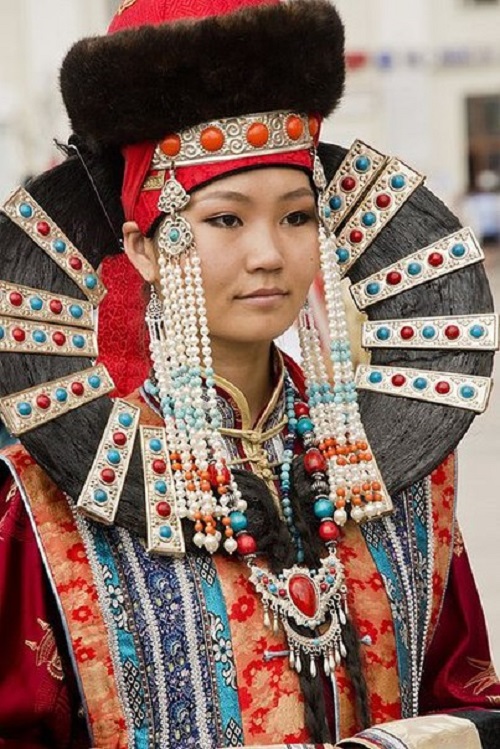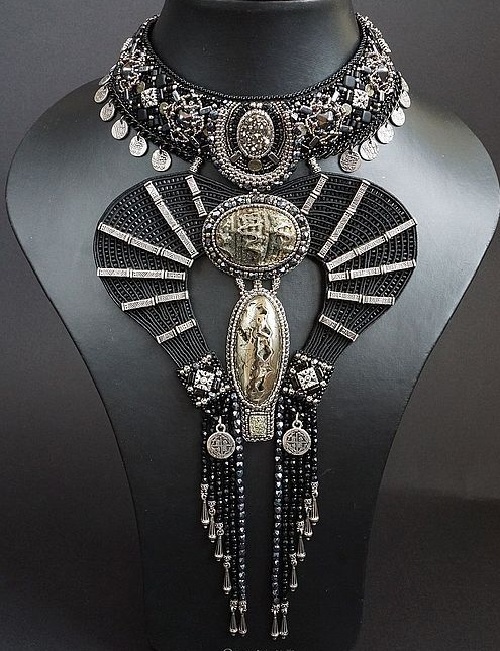Mazer Brothers and Jomaz jewellery
Mazer Brothers and Jomaz jewellery
The history of New York City based brand Jomaz began in 1927 and ended in 1981. His decorations Joseph Mazer marked with a complete name Joseph Mazer, or reduced to Mazer. Highly appreciated by collectors, due to their high quality, many Mazer works have reached us almost intact. In addition, Mazer masterfully worked with rhinestones. A specially treated glass and crystal, played better than diamonds. Made of high quality materials, Jomaz jewellery is an excellent investment for collectors.
Founded by Joseph and Louis Mazer, the company earned a reputation for producing good quality and affordable copies of high jewellery. Early works, most of which were made by Marcel Boucher before the opening of Jomaz company. Jomaz high quality products of 1930-1940-ies – flower and plant motifs, or in the form of bows and ribbons, adorned with artificial pearls and the best Austrian rock crystal. Made of sterling silver, or gold coated, necklaces for cocktail dresses, bracelets, earrings, brooches and double brooches in the form of crowns reflect the exquisite design line.
Read more »






